If you’ve been vaping cannabis with a dry herb vaporizer, the material left is called already vaped bud or AVB, and it may still contain cannabinoids, so don’t throw it away! Instead, learn how to use that AVB to make your own cannabis edibles like butter, oils, baked goods, topical products, and more.
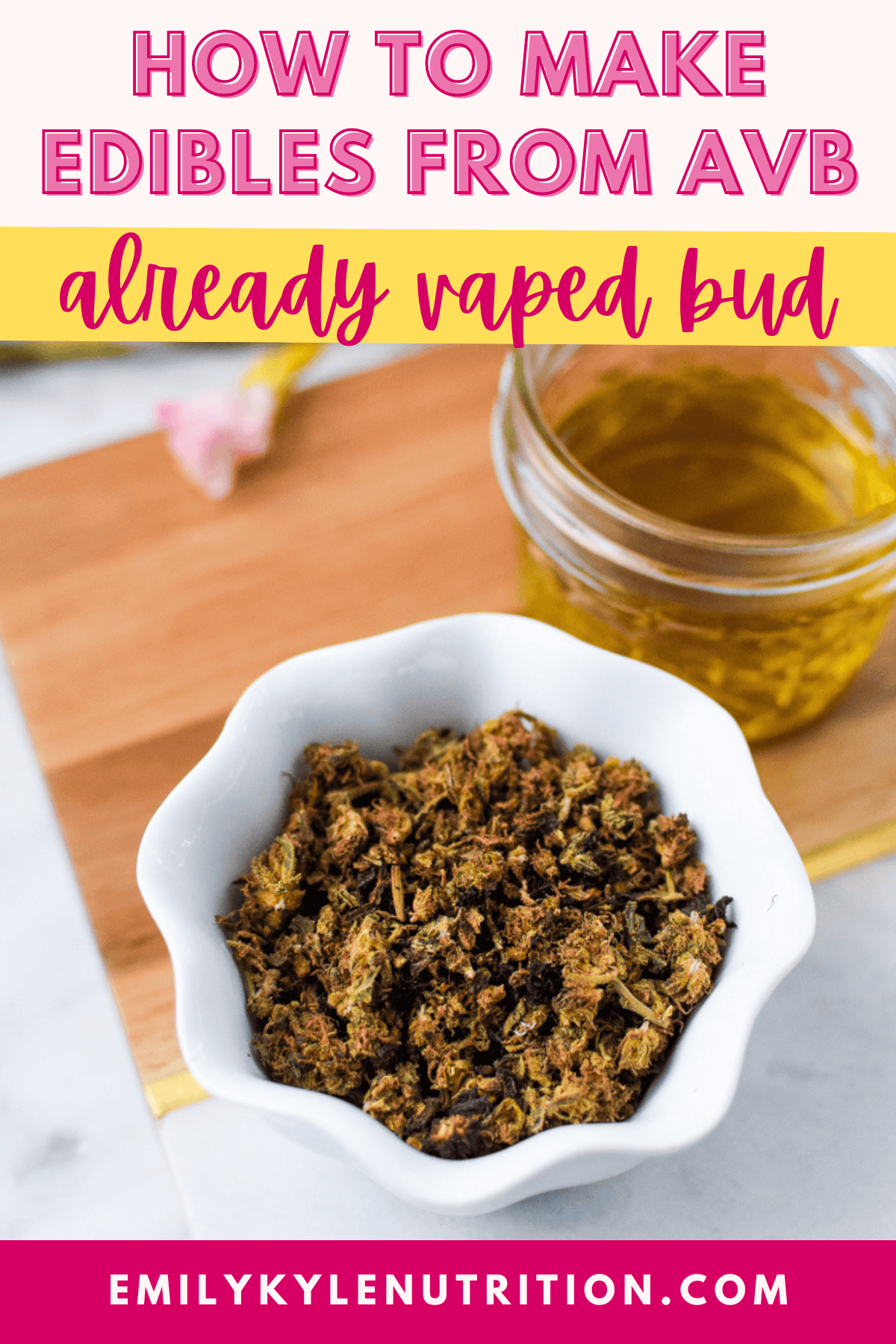
Table of Contents
- Article Features
- Why You Will Love This Guide
- What Is AVB or ABV?
- How Potent is AVB?
- Should You Water Cure AVB?
- How to Make Edibles with AVB
- AVB Butter or Oil Oil
- AVB Capsules
- AVB Tincture
- Add AVB Directly To Recipes
- Make Cannabis Topicals with AVB
- Can I Make A Smaller Batch?
- Do I Need to Use Lecithin?
- How to Make AVB Oil with Already Vaped Bud Recipe
- More Articles You Will Love
Article Features
- A list of all the different ways to make AVB edibles
- Tips to make better-tasting AVB edibles
- Want to skip the hard work? Shop with me and have premium, high-quality cannabis products delivered directly to your door! Now shipping across the US.
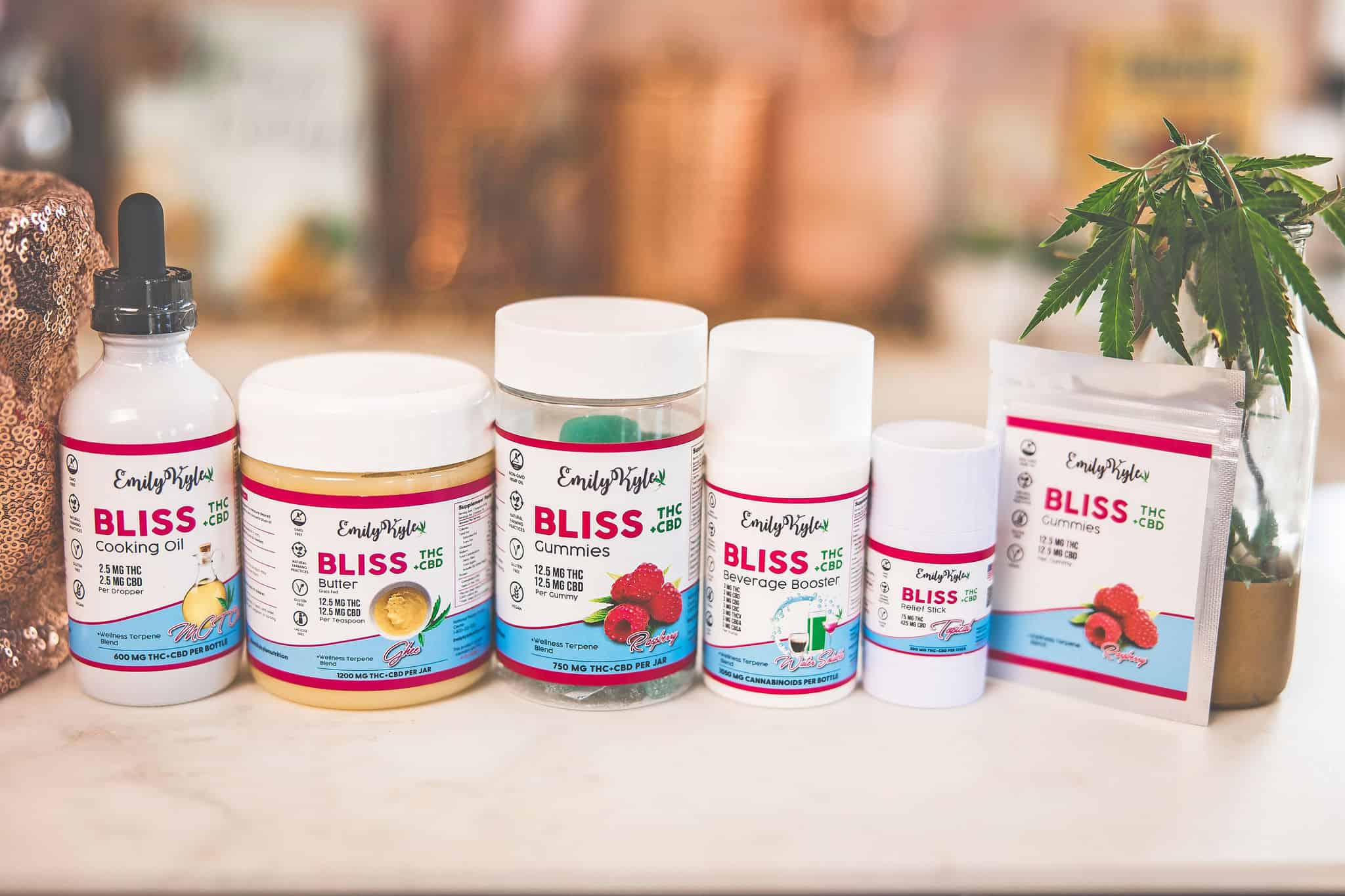
Why You Will Love This Guide
If you’ve been vaping cannabis with a dry herb vaporizer, what do you do with the bud after you’re done vaping?
For most people, the answer is that they throw it away.
If this is the case for you, you could be missing out on potential cannabinoids remaining in the leftover material.
Some guesstimates claim the already vaped bud can contain upwards of 10-30% of any remaining cannabinoids.
That’s why bud that has been vaped can be reused as an ingredient in your cannabis edibles, so you can reclaim those leftover cannabinoids and use them to your benefit.
While AVB won’t make the most potent cannabis recipe, many of my Well With Cannabis Community members report that using AVB provides a mild, desirable, intoxicating, and often sleepy effect.
This post is perfect if you want to get the most bang for your buck and reuse your already vaped bud in edibles.
Read on to learn more about how to have the best-tasting AVB edible experience, how to make AVB-infused oil at home, and how others use their AVB in recipes.
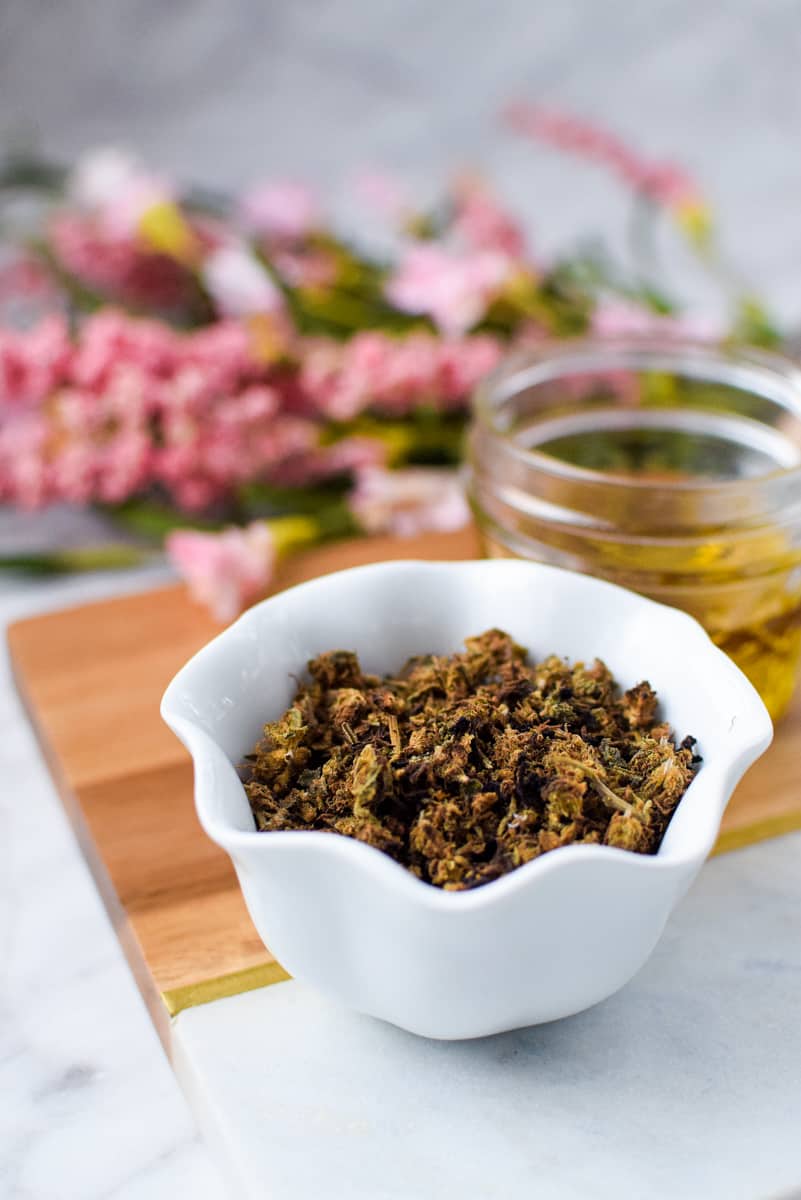
What Is AVB or ABV?
AVB stands for “already vaped bud,” and ABV for “already been vaped,” and both refer to the cannabis flower that has been vaped or used in a dry herb vaporizer.
While smoked cannabis turns to white or black ash after combustion, vaped cannabis remains intact in its physical form but looks slightly different than it did before vaping.
If you have experienced vaping before, you will notice that the color of the leftover material has darkened, appearing almost toasted, similar to decarboxylated cannabis flower.
That’s because the leftover material now is a decarboxylated cannabis flower.
Essentially, the vaporizer has already heated and decarbed the cannabis for you, like a tiny little oven.
While this leftover vaped flower may appear dry and crispy, it certainly isn’t worthless!
While you could try to smoke AVB, you’ll notice a distinctly bitter flavor, and it’s not the best option for health.
There are other ways to use it to maximize the benefits of AVB, namely, transforming it into a staple cannabis recipe.
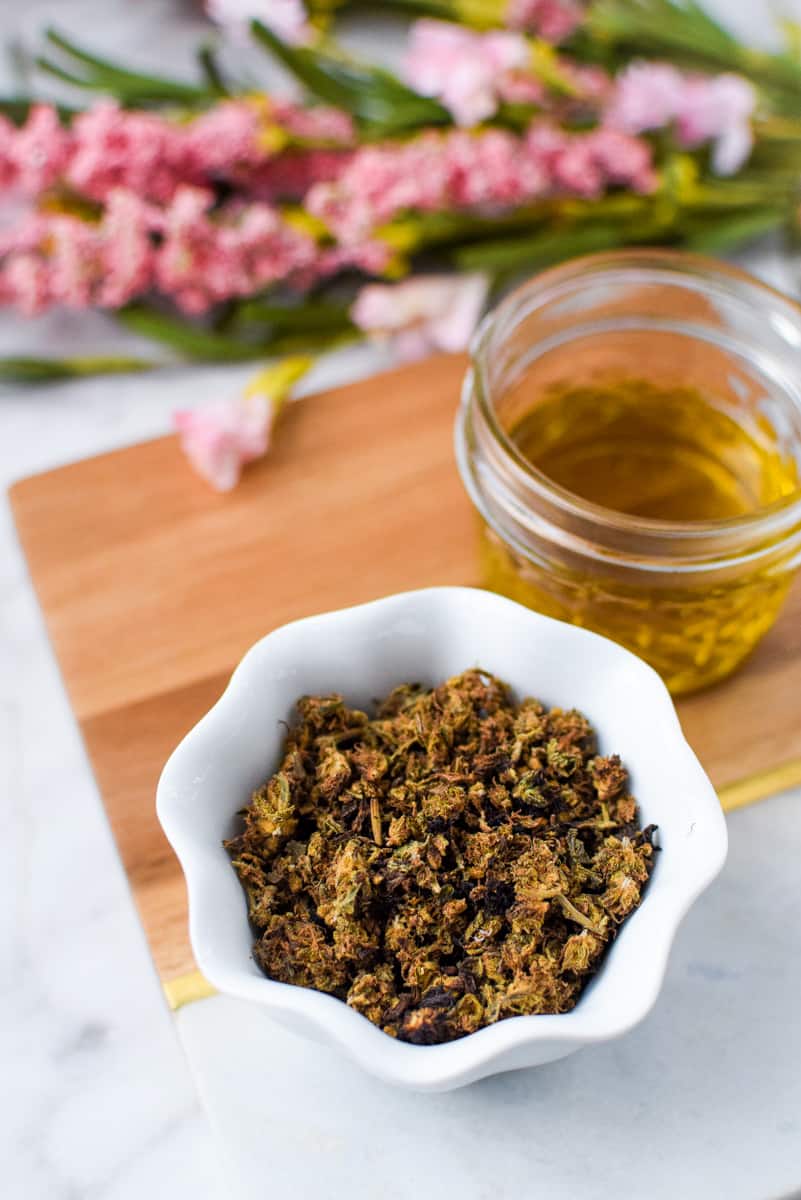
How Potent is AVB?
Unfortunately, it is impossible to know how much THC, CBD, and other cannabinoids are left in your AVB without testing it in a lab.
This means that anything else, including the use of calculators, will just be a guess at the remaining potency.
It’s important to know that if you burn your vape at a high temperature, you’ll end up with less potent AVB than if you vape at lower temperatures.
When you vape at a lower temperature, you won’t be as likely to use up all THC or other cannabinoids in the flower.
It’s also important to consider how much THC was in the flower that you started with, as this will be your baseline.
Strains with more THC, to begin with, will likely remain more potent after vaping.
From there, it’s a guesstimate to assume that anywhere between 10-30% of the remaining cannabinoids could be left.
For AVB edibles, it truly is a guess, and as always, I recommend starting low and going slow when taste-testing to assess for potency.
Additionally, when THC encounters high heat, it degrades into CBN, also known as the sleep cannabinoid.
This is likely why many people in my cannabis community report that AVB edibles have a more sleepy-time effect than other edibles.
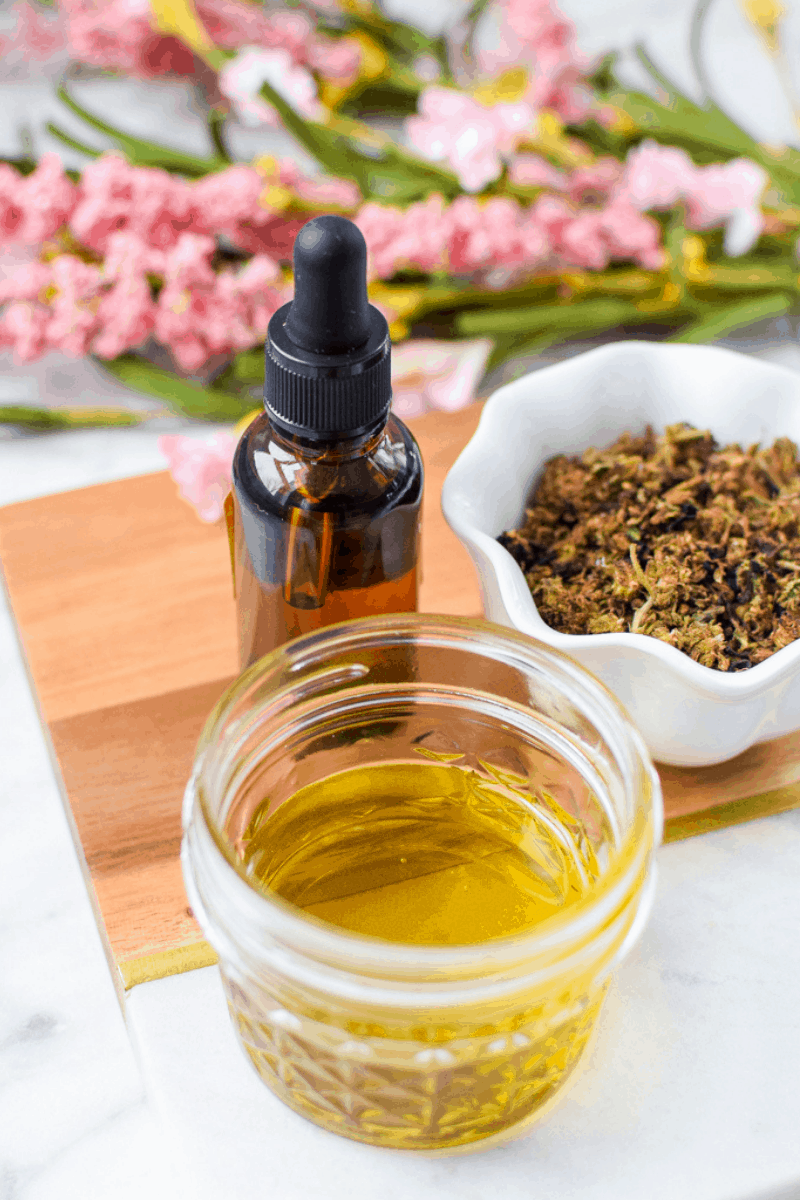
Should You Water Cure AVB?
Cooking with AVB can leave your finished edibles with a distinct taste that some people can’t stomach.
If you find that you’re one of those people, you may want to water-cure your AVB.
Water curing is essentially placing the already vaped bud into clean, distilled water and letting it sit for an extended period of time.
This process will help to remove any undesirable materials, like chlorophyll and the burnt taste.
Because cannabinoids are lipophilic and hydrophobic, they will not seep into the water and remain on the plant material.
This means you will not lose any further potency with this process.
While water curing will help to get rid of that strong flavor, it will also take a bit of extra time.
The process in itself is quite easy; it may take up to a week, but it may be worth it to improve the taste and quality of your AVB edibles.
To get started, you must collect all of your AVB and let it soak in a sealed container of water, like a mason jar with a lid.
I recommend discarding the water every few hours and replacing it with fresh water.
You should continue to do this for at least a day or two and up to a week – the longer, the better.
The process is nearly complete when the water is no longer turning discolored.
After this water-curing process is over, be sure to strain and discard any remaining water.
You will be left with wet AVB, which must be dried out to prevent mold formation.
To do this, place the wet flower on a parchment-lined baking sheet in your oven at 200°F degrees for around two hours, tossing it regularly to avoid burning.
You can remove it from the oven when it is completely dried. You could also use a food dehydrator to remove any remaining moisture.
After your AVB has been water-cured, you will hopefully notice a positive difference in the taste of your finished edibles.
While this isn’t a necessary step, it can help.
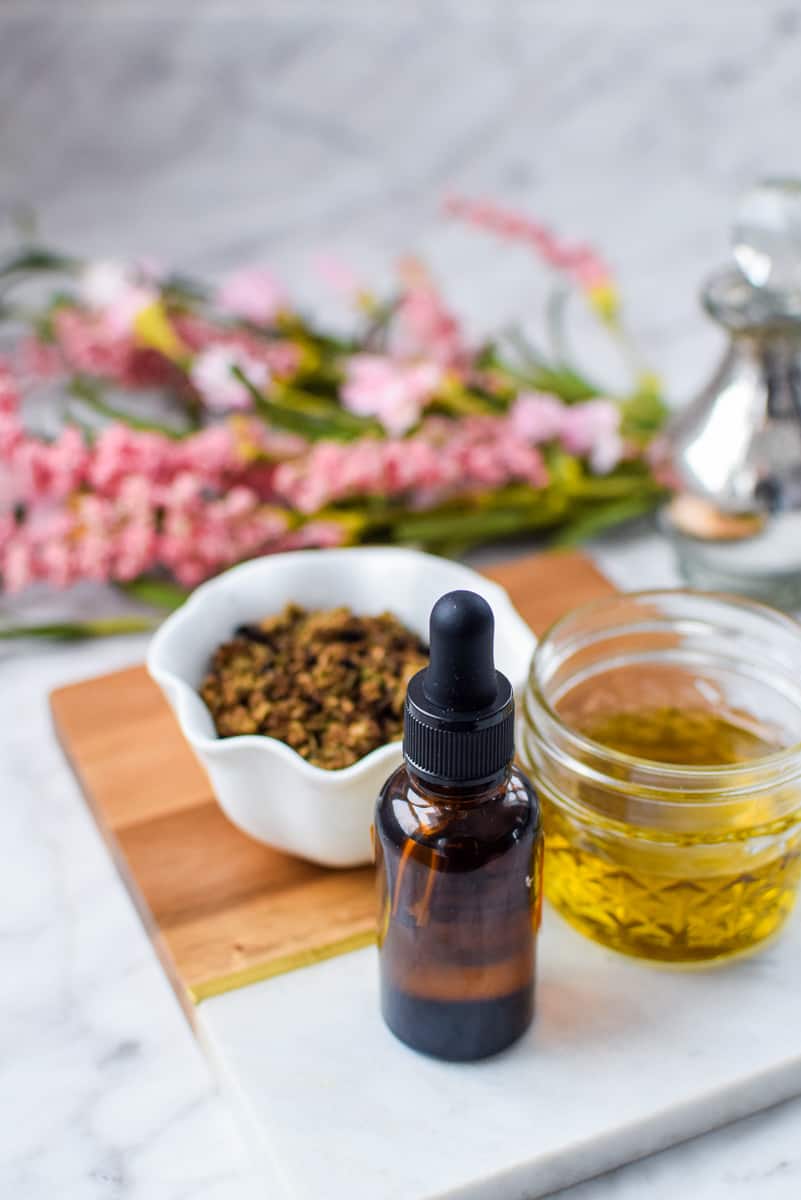
How to Make Edibles with AVB
If you’ve never made cannabis edibles before, I recommend checking out my beginner’s guide to cannabis edibles before getting started to help you understand the basics.
If you’re an edibles pro and ready to get started, AVB is ready to be made into edibles as soon as you’re done vaping.
You do not need to utilize the decarboxylation process to make AVB edibles.
You can use the AVB as is to make oils, capsules, tinctures, and more as outlined below.
AVB Butter or Oil Oil
Because the compounds in cannabis are fat-soluble, infusing fat like butter or various oils is a great place to start.
Below is a list of all of the different types of cannabis oil you can try making with AVB:
- Cannabutter
- Cannabis Coconut Oil
- Cannabis MCT Oil
- Cannabis Olive Oil
- Homemade CBD Oil (if you’ve vaped CBD flower)
- Homemade CBG Oil (if you’ve vaped CBG flower)
- CBN Sleep Oil
- Full-Extract Cannabis Oil
Once you have your butter or oil made, you can use it in your favorite cannabis brownie recipe, add a teaspoon to your morning cup of coffee, or even use it as the oil base of a salad dressing.
You can also use the oil sublingually or under the tongue.
AVB Capsules
One very popular way my Well With Cannabis Community members use their AVB is to put it into capsules.
Cannabis capsules make for a quick, easy, effective, and essentially tasteless way to dose and consume cannabis.
Because they are swallowed, they are essentially treated like an edible, without the need to prepare a recipe.
If you have never made cannabis capsules before, be sure to check out my complete guide to making and filling cannabis capsules.
AVB Tincture
While AVB won’t make the most potent tincture, it may be the best way to capture any remaining cannabinoids.
I have two different tincture options to try, a traditional Green Dragon tincture and a more modern QWET freezer tincture.
You can then turn around and use that tincture to make a variety of different recipes such as:
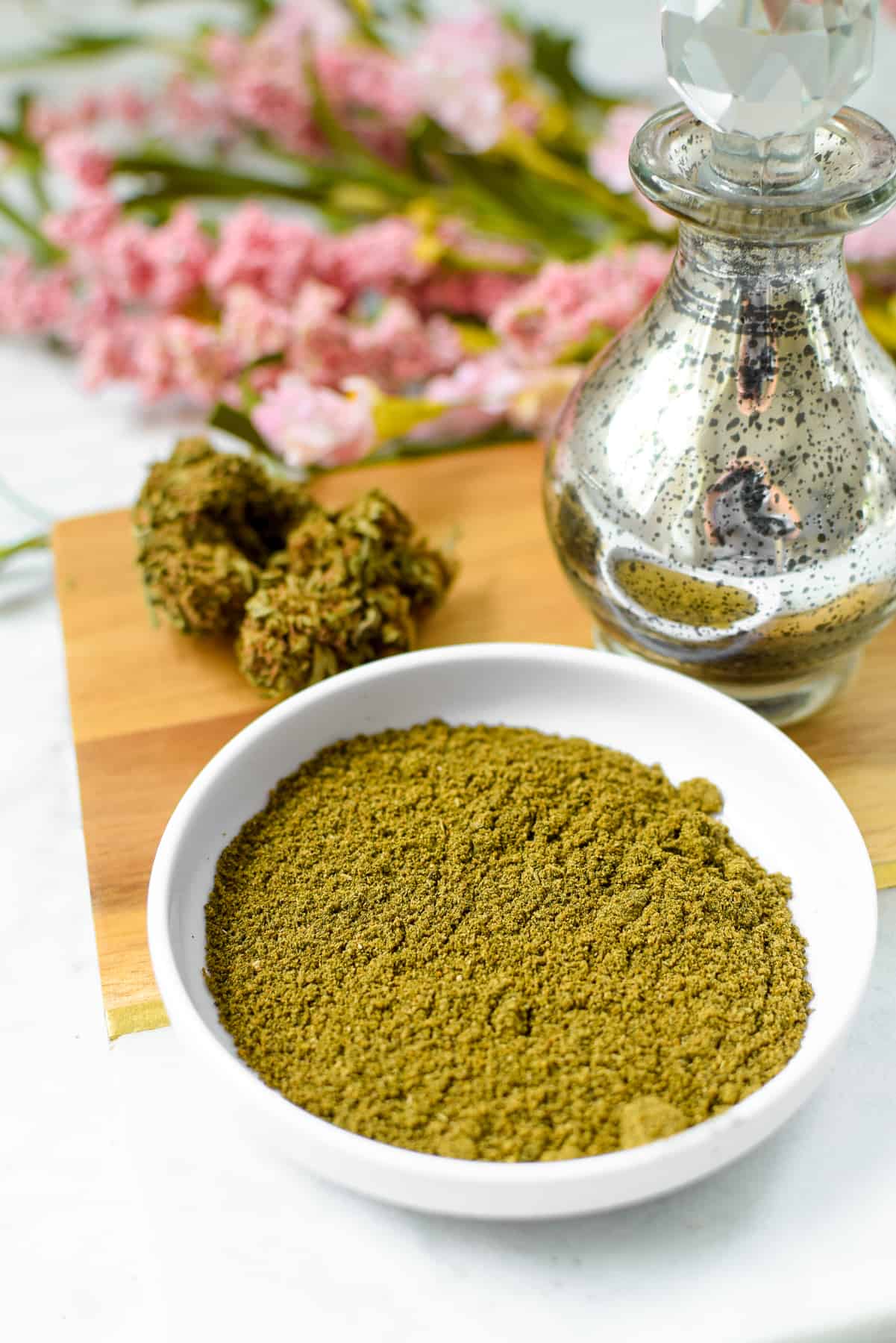
Add AVB Directly To Recipes
Finally, you can add AVB directly to recipes just like you would decarbed flower, kief, or any other dried spice like dried basil or oregano.
Some people choose to grind it into a fine powder, while others leave it whole. The choice is yours.
Some of my favorite recipes to add AVB directly include:
Make Cannabis Topicals with AVB
A popular suggestion from the cannabis community has been to use that leftover AVB in topical products as well.
If you’re going this route, you shouldn’t need to go through the water-curing process as outlined above.
I’ve seen recommendations for using AVB to make:
- Cannabis Salve
- Cannabis Massage Oil
- Cannabis Lip Balm
- Cannabis Bath Salts or Bath Bombs
- Cannabis Soap
- Cannabis Salt Scrubs
Can I Make A Smaller Batch?
Yes! The recipe below calls for one ounce of AVB, but if you haven’t collected that much, you can easily make a smaller batch using this guide below:
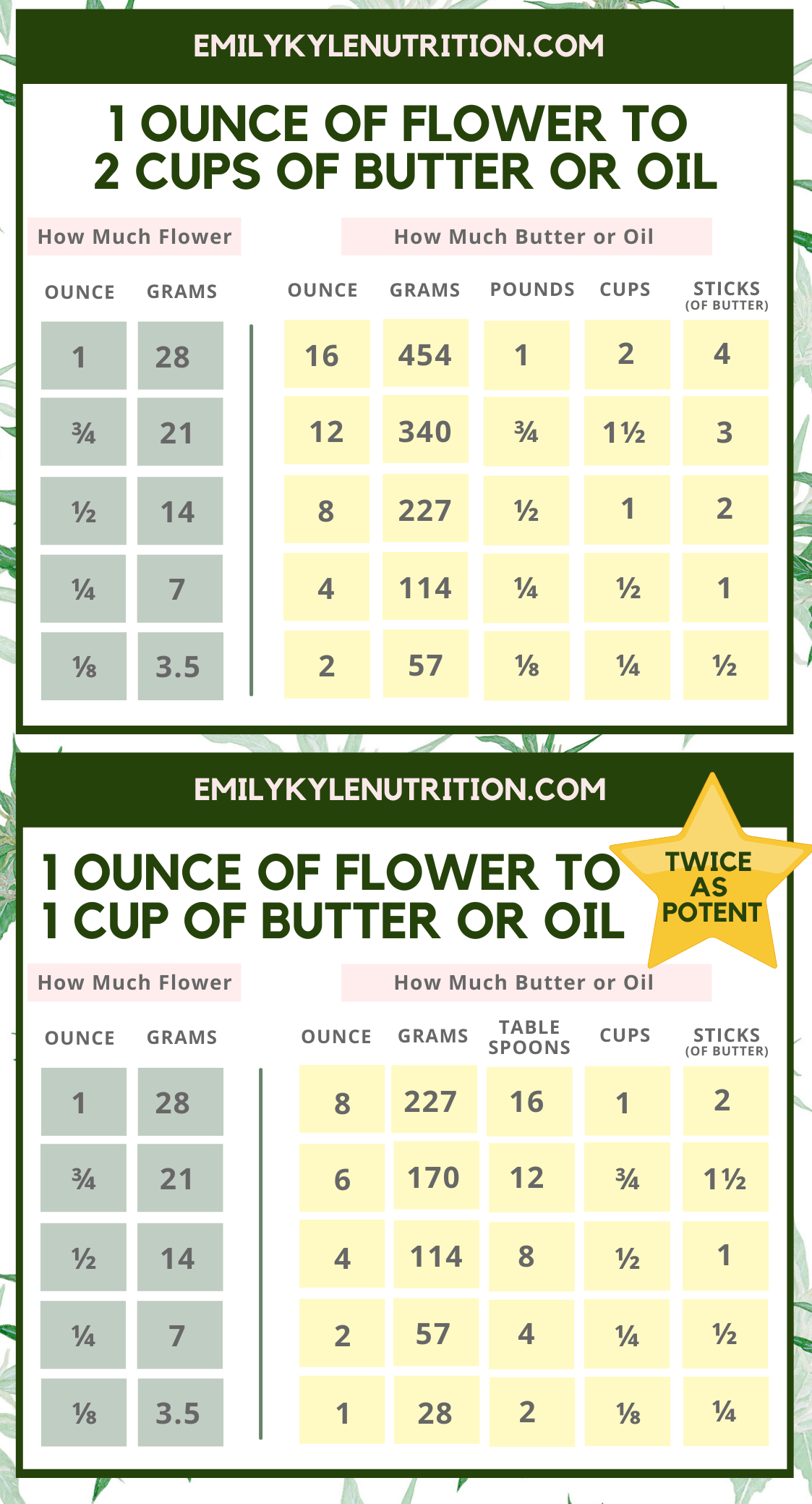
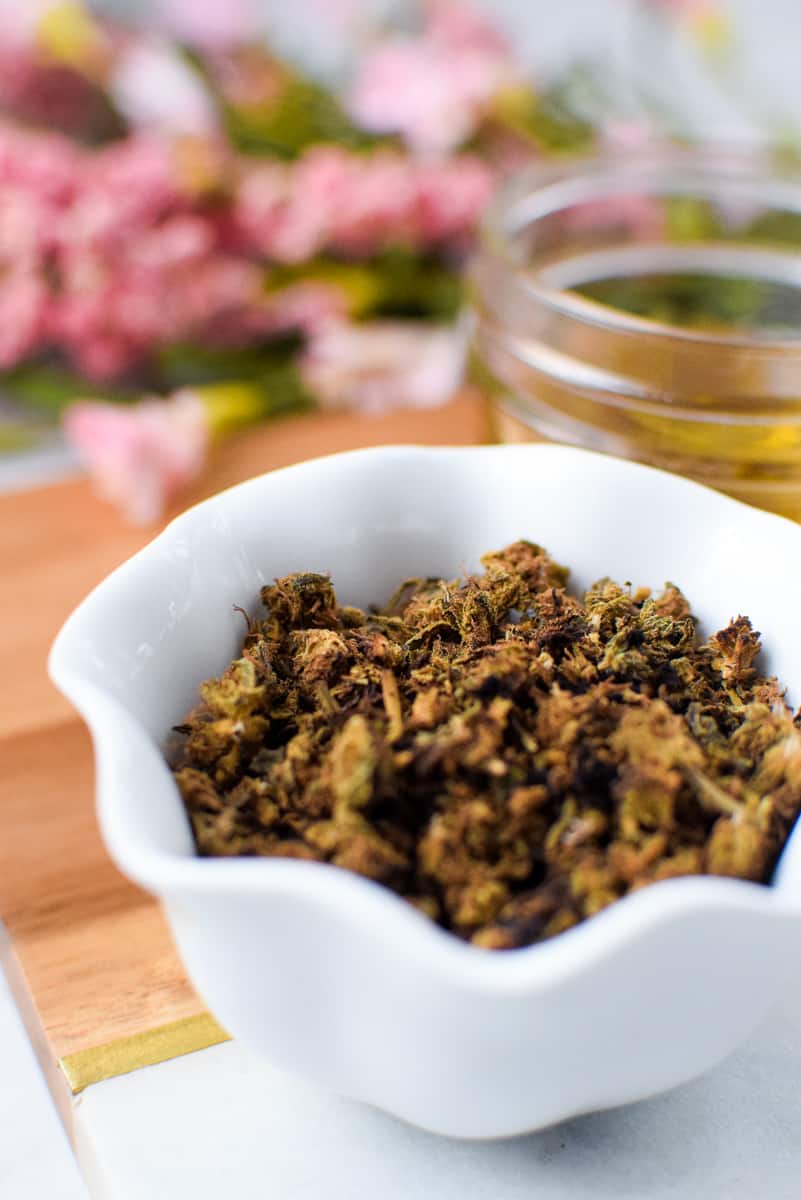
Do I Need to Use Lecithin?
In this recipe below, you will notice an optional ingredient, lecithin.
If you’re brand new to cannabis edibles, you may be unfamiliar with lecithin and why people use it in their at-home infusions and baked goods.
Adding lecithin to edibles is a theory that believes lecithin can increase the potency of an infusion by increasing the bioavailability of cannabinoids in the body.
You can read more about why you would want to add lecithin to an oil infusion here. It is completely optional if you want to add lecithin to this recipe or not.
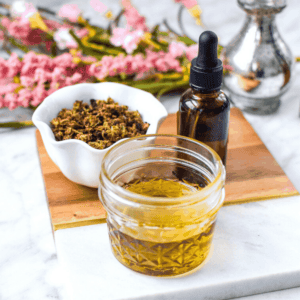
How to Make AVB Oil with Already Vaped Bud
Ingredients
- 16 ounces MCT oil or any choice of carrier oil*
- 1 ounce AVB (already vaped bud)
- 1 teaspoon liquid sunflower lecithin optional
Instructions
- Lay a clean tea towel down on the bottom of the crockpot. This will create a buffer between your mason jars and the crockpot, potentially preventing any jar from moving or cracking during cooking.
- Fill your crockpot with enough warm to hot water to cover the top of the mason jars you plan on using by an inch to create a water bath.
- Place the digital instant-read thermometer into the water. Start the crockpot heat on high. When a temperature of 185°F is reached, turn the crockpot to low.
- Evenly divide the MCT oil between the mason jars you plan on using. You can either use pint-sized or half-pint-sized jars; it's you're preference; just be sure they fit in your crockpot. No matter the size, be sure to leave a 1/2 inch headspace from the top.
- If you plan on using sunflower lecithin, add it to the mason jars now.
- Evenly divide the AVB flower between the MCT oil-filled jars. Wipe the rim of the jars with a clean towel and place the lid on. Tighten the metal ring to finger-tip tightness; it does not have to be tightened all the way. Do not tighten too tightly.
- Once the water bath has reached a temperature of 185° F, carefully place the jars into the water bath.
- Place the lid on the crockpot and leave it alone to infuse for 4 hours.
- After 4 hours, carefully remove the lid, followed by the jars from the hot water. Set them aside to cool.
- Once cool enough to handle, you will want to strain the cannabis oil through a paper filter and paper filterpaper filterfunnel, cheesecloth, or French press to separate the plant-matter from the infused MCT oil.paper filterfunnel
- Store the prepared oil in a cool, dry place. It will last longer if stored in the refrigerator and even longer if stored in the freezer.
Notes
- Yield: ~16 ounces / ~2 cups
- Temperature Control: The water bath does not need to stat perfectly at 185° F the entire time. Any temperature between 170°-190°F is OK.
- Safety First: I recommend you sanitize your jars by keeping them submerged in the 185° F crockpot for 10 at least minutes. This step is not necessary, but good practice for safety and hygiene.
- Floating Jars: Sometimes the mason jar will float when placed in the water bath. This is no need for concern, simply put something heat and water safe over the top of the jar to weigh it down, a clean rock works well.
- Alternative Carrier Oil Options Include:
- Olive oil
- Avocado oil
- Hemp seed oil
- Grapeseed oil
- Coconut oil
Nutrition
More Articles You Will Love
Articles & How-To Guides
Microdosing Cannabis: A Step-by-Step Guide
Articles & How-To Guides
Dry Herb Vaporizer: A Safer Alternative To Smoking?
Articles & How-To Guides
15 Best Ways to Use Leftover Cannabis Pulp
Holistic Health

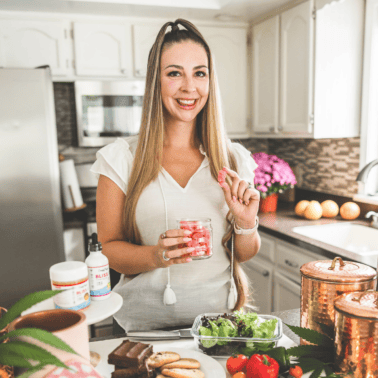
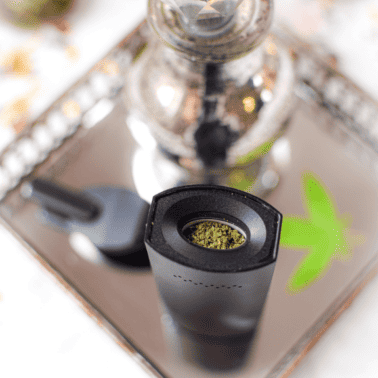
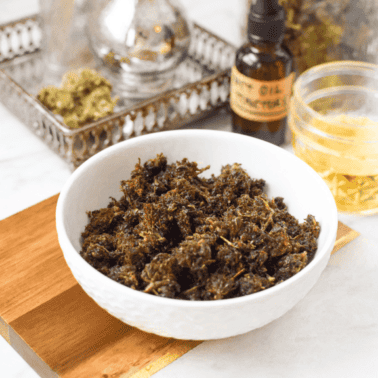
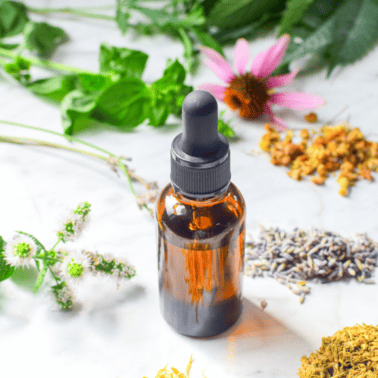
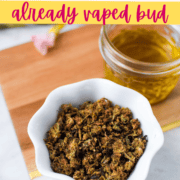








You are so right about the water cure. I had done so too quickly, passing distilled water thru my ABV about 12 times in a coffee press. Thanks to a YouTube host I learned this trick.
It looked like the water was not getting dark anymore so I quit and let the ABV dry outside in the jar, turning it over daily. That took 5 days at 108F this summer.
But now putting back in the coffee press and adding distilled water you see the water is getting brown again at one hour of soak. So patience is key!
Hey Rob, thanks so much for sharing your experience with us here. Patience is definitely key 😀
Hi Emily
I have a question about making the oil with a double boiler method, do you need the oil to be 185°F or the water and will it effect the end product when you top up the water level and the temperature goes down
Hi Christopher. The water should be 185º, and there shouldn’t be any issue when you add in more water. Happy Infusing! ?
Maybe I’m too nutty but there’s always usable THC in buds used to make your cannabutter recipe…enough so to help you take a nice afternoon nap. I like to simply cover them in chocolate and snack on one at nap time. I’ve used this truffle recipe to pack one bud in a truffle, or find a good candy chocolate (a hardening ganauche) recipe, and just dip the buds in it and let harden. Yummy treats!
https://www.kingarthurbaking.com/recipes/chocolate-truffles-recipe
Thank you
Thank you for sharing your delightful idea, Charlie! I’m so happy to hear you’re getting creative with leftover buds from my cannabutter recipe. Covering them in chocolate sounds like a tasty way to enjoy a relaxing nap-time treat. 🌿✨